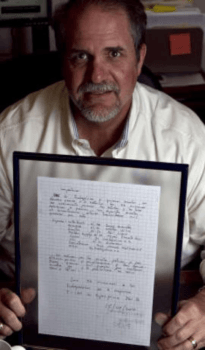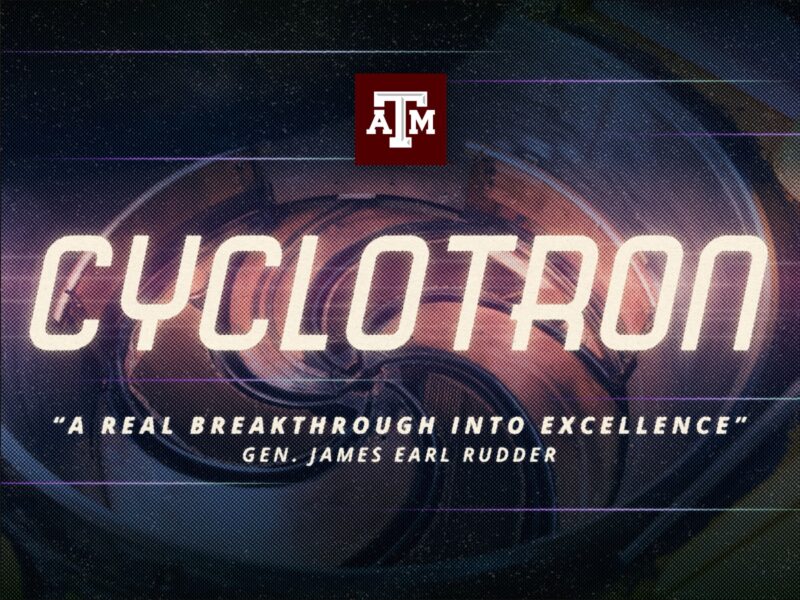Plan B Creator Recalls Events

When I first heard that the rescue of the 33 trapped Chilean miners would take four months, I kept thinking how I’d feel if my son or brother were down there. I thought there must be some way to get to them faster.
While designing my plan, I learned that Center Rock Inc. in Pennsylvania was trying to sell its cluster hammer to the Chilean government to drill a large escape shaft, but no one would listen to them. I asked Center Rock to send me technical information on the hammer, and after studying its design I knew it was the final piece of the puzzle needed to perfect my plan.
My company has a solid, 25-year relationship with the Chilean mine ministers, so they were readily available to discuss our plan. Although 80 percent of the experts laughed, the 20 percent who believed in us were the ones who really mattered. The Chilean government did accept our proposal, naming it Plan B. (The prolonged Plan A, an elevator shaft, was being drilled simultaneously.)
Plan B was a joint effort involving many companies, technical experts and advanced drilling equipment. One company even flew in its best driller from Afghanistan. One of my companies, DSI American Manufacturing, coordinated the transport of drilling equipment to the job site. Through its humanitarian program, UPS flew the cluster hammer and related gear from Pennsylvania to Santiago, where it was met by the Chilean Air Force and flown 500 miles to the site.
The cluster hammer creates much less vibration than the large 600-pound piston-type air hammer typically used to drill large bore holes. Still, the possibility of another rock slide led to many sleepless nights. I wasn’t too worried about the miners fitting into the rescue capsule. I’m a big guy, about 6-foot-7, and I knew that somehow I’d get myself into it if I were down there.
I turned out to be wrong about our proposed timetable of six weeks. By working 24/7, we managed to reach the 33 miners in 33 days. I was on-site for the final eight days and 250 meters [more than 800 feet] of drilling. When the last miner was out, I tried to fight off tears because I knew everybody would rib me mercilessly on future drill sites. But eventually I lost that battle and cried out of thankfulness and relief that those 33 men were finally reunited with their families.
Looking back, I know Texas A&M’s Corps of Cadets helped me meet this challenge—the greatest one of my life. Everyone on the rescue team knew failure was not an option. On the Fish Drill Team, I was taught that if you don’t give up, you won’t be beaten. And as commander of Squadron 11, I was trained in how to delegate, how to lead and how to make decisions. You’ve heard that expression, “lead, follow or get the heck out of the way.” Well, my Corps training taught me to make a plan that you believe in and to execute it.
Since then I’ve talked to a lot of reporters because I want people to know that miracles still happen—that the rescue was God’s doing.
Editor’s note: Hall majored in engineering technology and now lives in Cypress with his wife, Angelica ’80. Their son is Gregory ’06. Hall supports the Mays Business School through the Texas A&M Foundation. His companies Drillers Supply SA in Chile and DSI American Manufacturing in Minnesota were part of the 2009 Aggie 100, an annual list of fastest growing Aggie-owned or -operated companies. He also owns Drillers Supply International Houston.
This article by Greg E. Hall ’82 originally appeared in the Spirit magazine.





